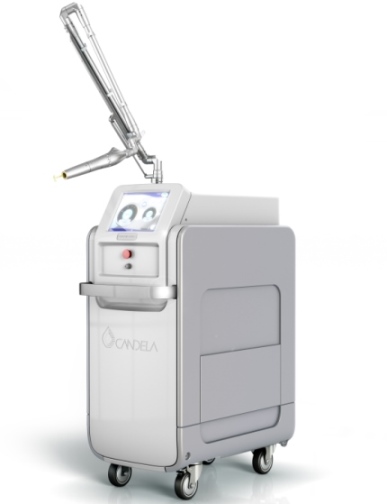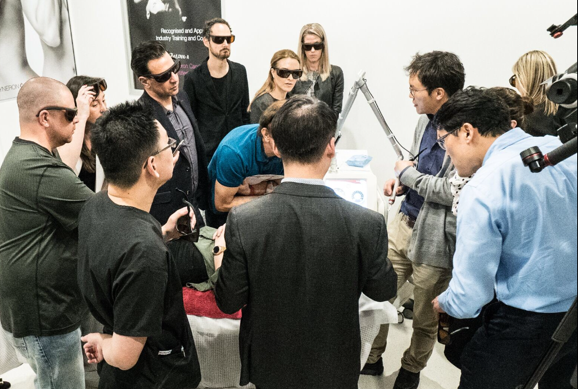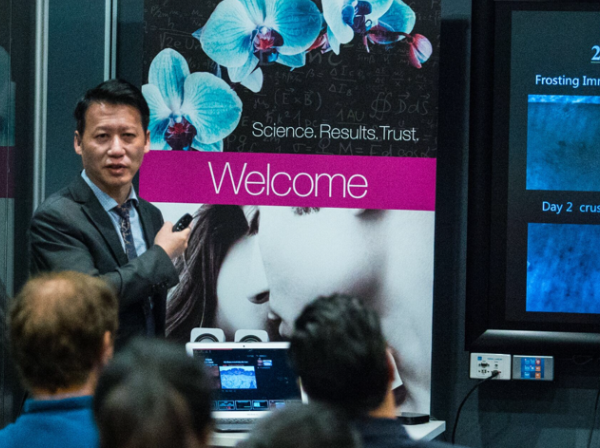New generation picosecond lasers offer salons and clinics the opportunity to treat their clients’ skin, particularly Asian clients’ skin, more safely and effectively, according to a leading Taiwanese dermatologist.
In Australia this week to conduct PicoWay laser training workshops for Syneron-Candela, Dr Carl Kuo Liang Cheng told Professional Beauty that it was time for laser salons and clinics across the country to start treating both Asian and Caucasian skins for the benefit of all owners and clients.
He said many Asians in Australia currently only visit salons and clinics owned and staffed by Asians while many Caucasians only visit salons and clinics owned and staffed by Caucasians, but it was time to change this behaviour.
“Both Caucasians and Asian laser operators need to learn to treat both types of patients – particularly Caucasian operators as the number of Asians in the country is growing,” he said.

“At the moment many Australian Caucasians do not have the confidence to treat Asian skins but now thanks to the arrival of picosecond lasers it is much easier to do so safely.”
Nonetheless Dr Cheng readily acknowledges that Asian skin is generally more difficult to treat with a laser than Caucasian skin.
“Until the arrival of picosecond lasers Asian skin was more difficult to treat than Caucasian’s skin as it is more likely to suffer from Post-inflammatory Hyperpigmentation (PIH) due to the thermal process used in nanosecond lasers.”
Dr Cheng said picosecond lasers (which deliver ultra-short pulse bursts of energy to the skin in trillionths of a second) can remove pigmentation without any thermal reaction making them much safer for all skins – but particularly so for Asian skins which are genetically predisposed to “active melanocyte function”.
Apart from the difference in skin types, Dr Cheng also pointed out that the treatments sought by Asians and Caucasians tend to differ.
“In general Asians tend to look for treatments to remove pigmentation, diminish large pores and reduce dark under-eye circles while Caucasians, particularly Australian Caucasians, tend to want to remove wrinkles and broken capillaries and firm and tighten their skin.”
He stressed that the problems facing Caucasian skins were largely caused by sun exposure and can thus be largely avoided, or at least delayed, with suitable protection.
“The sun causes pigmentation problems in Caucasian skin but Asians develop visible pigmentation problems due to active melanogenesis even though most (particularly those living in Asia) protect their skin with hats, clothing, face masks and umbrellas.”

However he stressed that laser professionals are now able to treat all of the aforementioned problems – with the right laser and training.
Syneron Candela Australia marketing manager Mike Reid said Syneron-Candela customises its training for all its lasers to suit each salon’s “required needs based on patient demographics”.
In addition, the company provides PicoWay salons and clinics with a Quick Reference Guide to enable operators to choose the appropriate settings to safely and effectively treat Caucasian and Asian skins.
“The effective use of laser is simply a matter of having the skills, experience and confidence to accurately predict the result of the treatment while you’re doing it,” said Dr Cheng.

